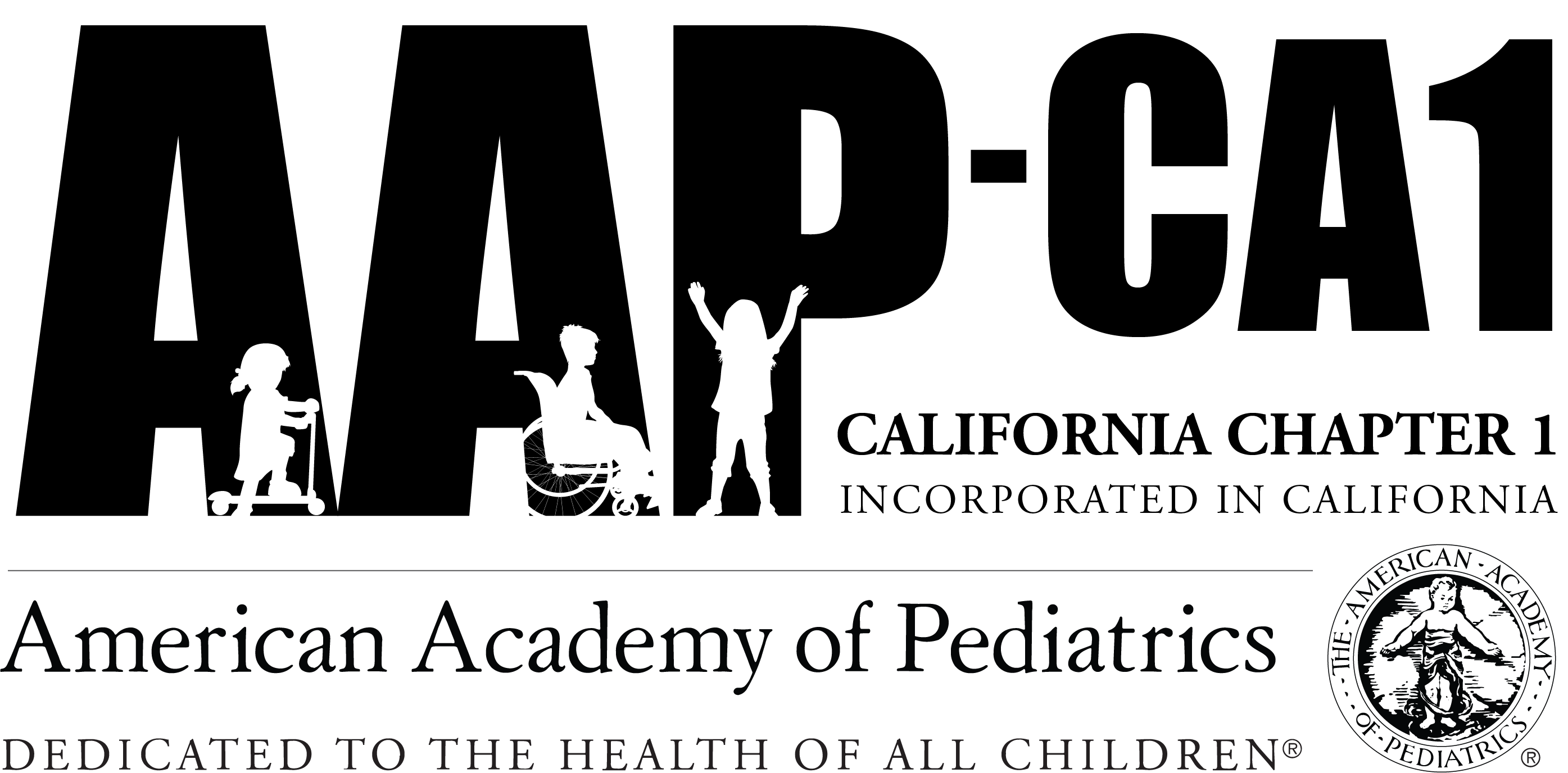Anahita Emamian, MD
According to the Centers for Disease Control and Prevention (CDC), in a given year nearly 20% of children living in the United States experience a mental health issue. Unfortunately, surveillance data indicate that the prevalence of mental health conditions among children are increasing over time (1). The Substance Abuse and Mental Health Services Administration (SAMHSA) defines mental health as “mental/emotional well-being and/or actions that affect wellness” (2). The most common mental health disorders among children include attention-deficit/hyperactivity disorder, anxiety, and behavioral disorders (1). The impact of these conditions on child wellbeing are manifold and include poor academic performance, social withdrawal, among many others, and may also lead to co-morbid conditions. For example, a child who is socially isolated due ADHD may experience depression as a result. Untreated, mental health disorders can also affect adult health and can lead to depression and suicide. Despite the widespread prevalence, negative impact and long-term consequences of mental health conditions on children, the American Academy of Pediatrics (AAP) estimates that only 10% to 40% of students that require mental health services actually receive them (3,2). The barriers to treatment include the lack of recognition that a mental illness exist, stigma associated with mental illness and lack of access to resources, insurance and limited coverage for mental or behavioral health services (4). Another barrier especially pertinent to California and the Central Valley is a shortage of child behavioral health providers (3). School-based mental health programs have been described as an alternative strategy to overcome these barriers and improve the diagnosis and treatment of mental health problems among children and adolescents. School-based evaluations may encourage more parents to seek mental health care for their children and more students to self-refer for treatment. A study performed by Kaplan et al., demonstrated that students with school based mental health services were 10 times more likely to bring forward a mental health issue. School nurses have a vital role in identifying mental health disorders and promoting mental wellness by referring to mental health or behavioral support networks when appropriate. Our proposed intervention aims to: Objective 1: Raise awareness among families and school nurses on common mental health issues encountered by children through a series family centered handouts in English and Spanish. Objective 2: Conceptualize school based mental health screenings by school nurses through focus groups with key stakeholders involving school nurses. Objective 3: Identify potential barriers and challenges of implementing a school-based universal screening tool for mental health from these key stakeholders and propose solutions to those barriers. Objective 4: Empower school nurses to conduct school-based mental health screening by use of the Patient Health Questionnaire-9 (PHQ-9), and linkage to mental health services in the community.
